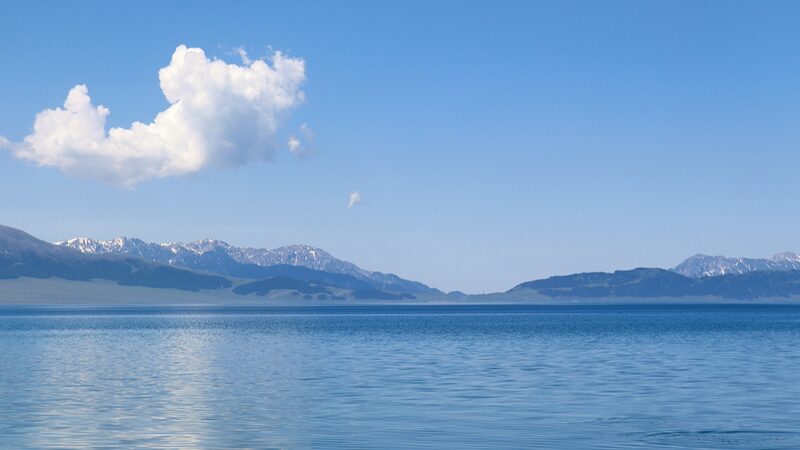A new study by Chinese researchers reveals that the northern Qinghai-Xizang Plateau—a climate-sensitive zone shaped by monsoons and westerly winds—is heating up and getting wetter. 🌡️💧 With global warming accelerating, this region could mirror ancient weather patterns from thousands of years ago, offering clues for future climate resilience.
By analyzing past warm periods like the mid-Holocene era (think: Earth’s last big 'heatwave' 🌍), the team from Lanzhou University predicts expanding westerly winds and a more humid climate. But don’t panic yet: while local shifts are expected, China’s overall climate trends will likely stay cyclical, says Professor Li Yu. 🔄
Why does this matter? Understanding past climate cycles helps scientists decode future weather extremes—key for farming, ecosystems, and policy. The study, published in Science China: Earth Sciences, highlights how ancient data can be a crystal ball for modern challenges. 🔮
Reference(s):
North Qinghai-Xizang Plateau warmer, wetter in the future: study
cgtn.com




